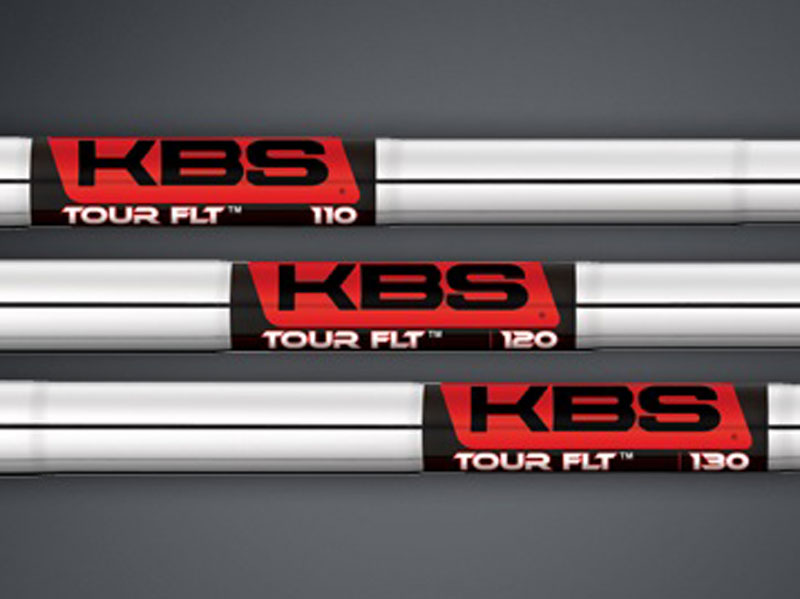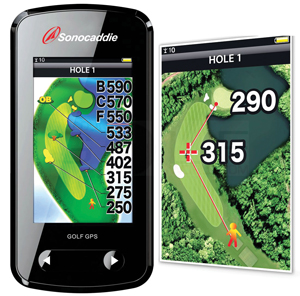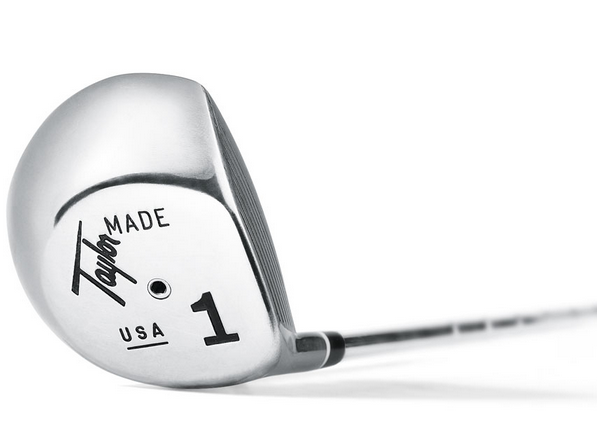9 phát kiến thay đổi lịch sử Golf hơn 125 năm qua
Haskell balls
The Haskell ball, which arrived just before the turn of the century in the very late 1890s, marked a massive shift in golf ball design and performance. Bobby Jones described it as the most important development in golf. It introduced the golfing world to wound rubber balls with outer covers, a basic design that would last many decades until a synthetic resin called Surlyn came along in the 1960s and changed things again.
Steel shaft
The switch from hickory to steel shafts, a gradual process that began in the late 1890s, was at first beset by problems of weight, inconsistent performance, and non-acceptance by both golfers and the rule-makers for many years. Even when they did gain wider acceptance from the 1920s onwards, they were painted to look like hickory for several years. Steel shafts became the common choice from the 1930s onwards as production processes were refined and they were able to offer levels of consistency, performance and durability that hickory couldn’t rival.
image: https://keyassets.timeincuk.net/inspirewp/live/wp-content/uploads/sites/5/2016/03/Tour-FLT-WEB.jpg

Steel took over from hickory in the 1920s/1930s
Metal woods
Metal woods arrived in the 1970s courtesy of TaylorMade’s Gary Adams, but like steel shafts, it took some time for golfers to be convinced. Indeed, the earliest model was named the Pittsburgh Persimmon Metal in deference to the preferred choice of material in wooden clubs. Eventually physics won the day, with the performance advantages of a hollow metal design over a solid wooden one so significant that almost everyone made the switch over the following two decades.
image: https://keyassets.timeincuk.net/inspirewp/live/wp-content/uploads/sites/5/2009/01/FirstMetalwood2.jpg

TaylorMade first brought metal woods into the golf world
Graphite shafts
Another shaft revolution that took a while for manufacturing capabilities to catch up with the theory. But once torque and durability issues had been resolved, this ultralight shaft material allowed greater scope to get more of the overall club weight where you most need it. Near-ubiquitous now in woods, but still less common in irons, especially among better players.
image: https://keyassets.timeincuk.net/inspirewp/live/wp-content/uploads/sites/5/2015/10/shafts.jpg

Graphite shafts are now near-universal in drivers and fairway woods
Lightweight standbags
Golf bags used to be cumbersome heavy affairs crafted from first leather and then vinyl. Golfers today really have Rick Reimers to thank for the modern-day lightweight standbag. Reimers first experimented with lightweight nylon golf bags in the late 1970s, with 1984’s Sun Mountain Front 9 model the first commercial success, and the Eclipse bag two years later introducing the concept of a lightweight bag with a built-in stand.
image: https://keyassets.timeincuk.net/inspirewp/live/wp-content/uploads/sites/5/2015/06/stand-bags-2015.jpg

Some of the best stand bags 2015 has on offer
Double bag straps
Carry your bag perched awkwardly on one shoulder, with all the disadvantages of uneven weight load, or spread the weight evenly across both shoulders and your back? Obvious really, isn’t it, but no-one thought of double bag straps until the 1990s, with Izzo and Sun Mountain again at the forefront of the revolution.

Three-wheel trolleys
When you think how much easier it is to push something than to pull something, it’s hard to believe that three-wheel push trolleys took so long to arrive. They have become the prevalent trolley choice over the last two decades as pushing something in front of you is so much more comfortable than dragging something behind you with your arm locked in an awkward position creating tension in your arm, shoulder and chest.
image: https://keyassets.timeincuk.net/inspirewp/live/wp-content/uploads/sites/5/2016/05/R1-S-WEB.jpg

Three wheels must surely be better than two…
Utility clubs or hybrids
An invention that has really revolutionised the long game for many golfers over the last 15 years or so. Cobra actually introduced the Baffler in the mid-1970s, but it took over 20 years to really catch on. The beauty of utility clubs or hybrids is that they are far easier to hit than uncompromising long irons for a whole host of reasons. Their mini-wood designs with lots of weight deep in their wide soles massively enhance playability from a variety of lies, while the hollow head design ensures plenty of forgiveness. Just easier to hit, full-stop, for 95+% of golfers.
image: https://keyassets.timeincuk.net/inspirewp/live/wp-content/uploads/sites/5/2015/07/best-hybrids-2016.jpg

Golf’s great long-game saviours…
GPS devices and rangefinders
Technology that would have been unthinkable just a few short years ago is now commonplace. You want to know how far it is to the flag, green, trees or hazards, and the ingenious little device in your hand or on your wrist will tell you instantly. Nobody would have believed you 20 years ago! The most recent of golf’s greatest inventions…
image: https://keyassets.timeincuk.net/inspirewp/live/wp-content/uploads/sites/5/2011/05/Sonocaddie1.jpg

Technology you couldn’t have dreamed of just a few short years ago
Read more at http://www.golf-monthly.co.uk/features/the-game/9-golfs-greatest-inventions-94759#PYz1GM8VPpFEwGKu.99











Bình luận
Bạn phải đăng nhập để bình luận.